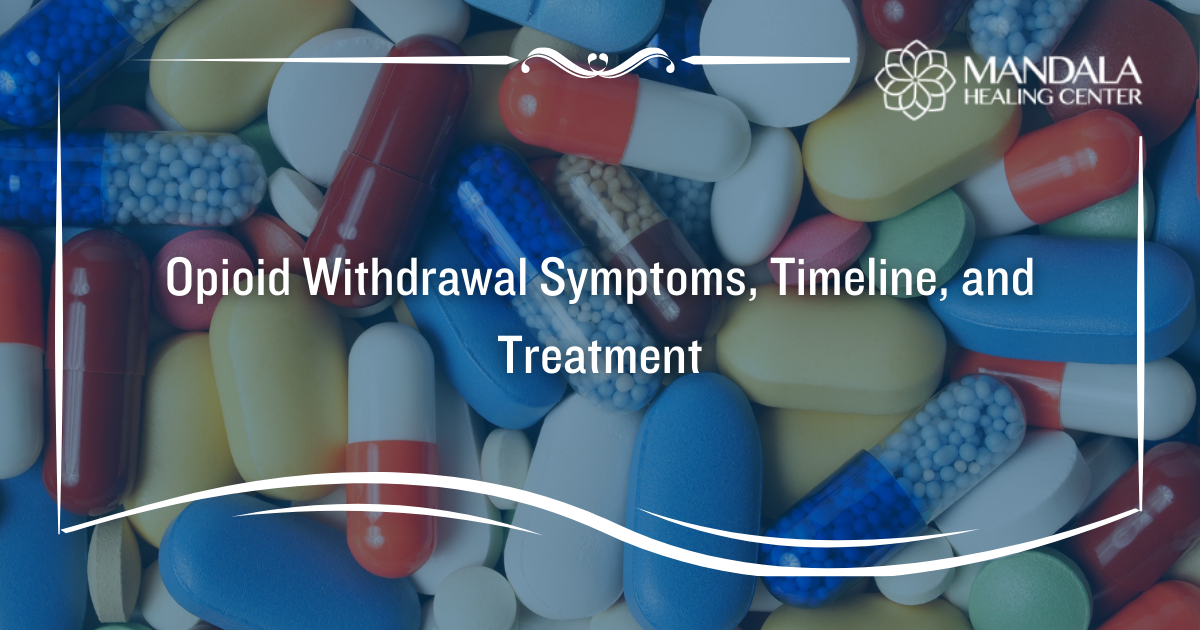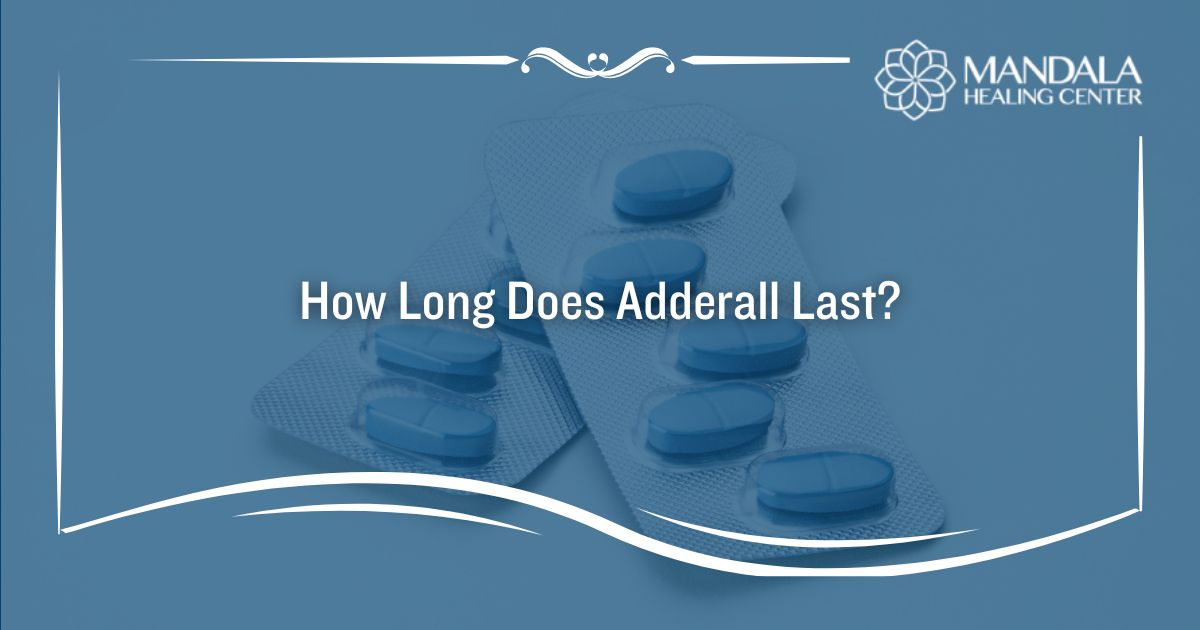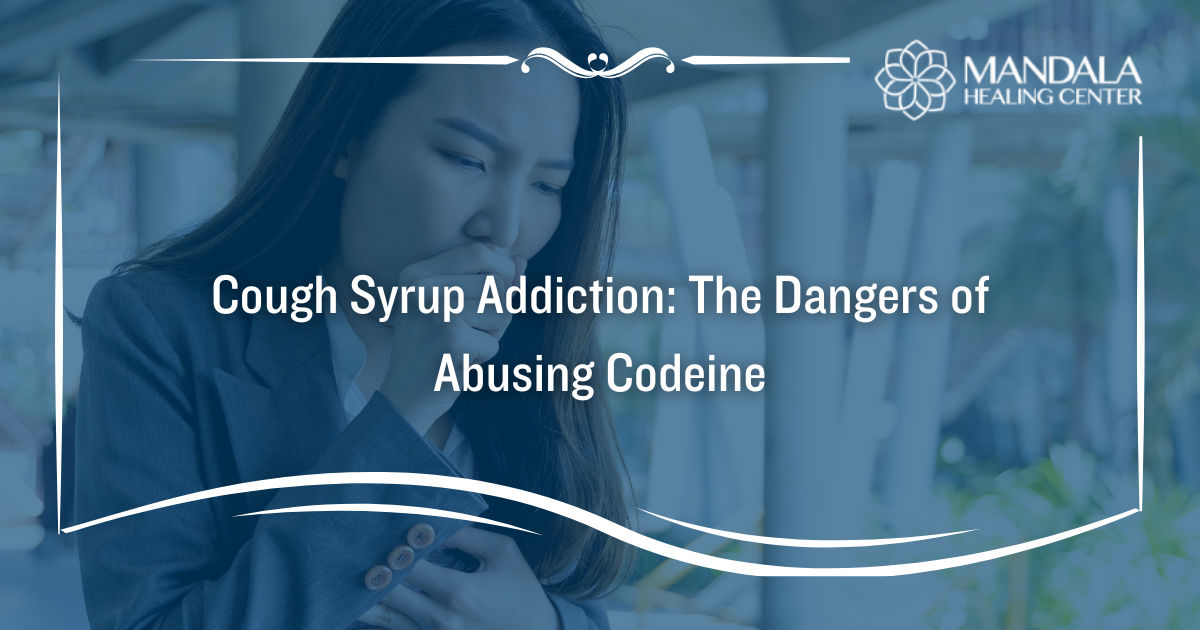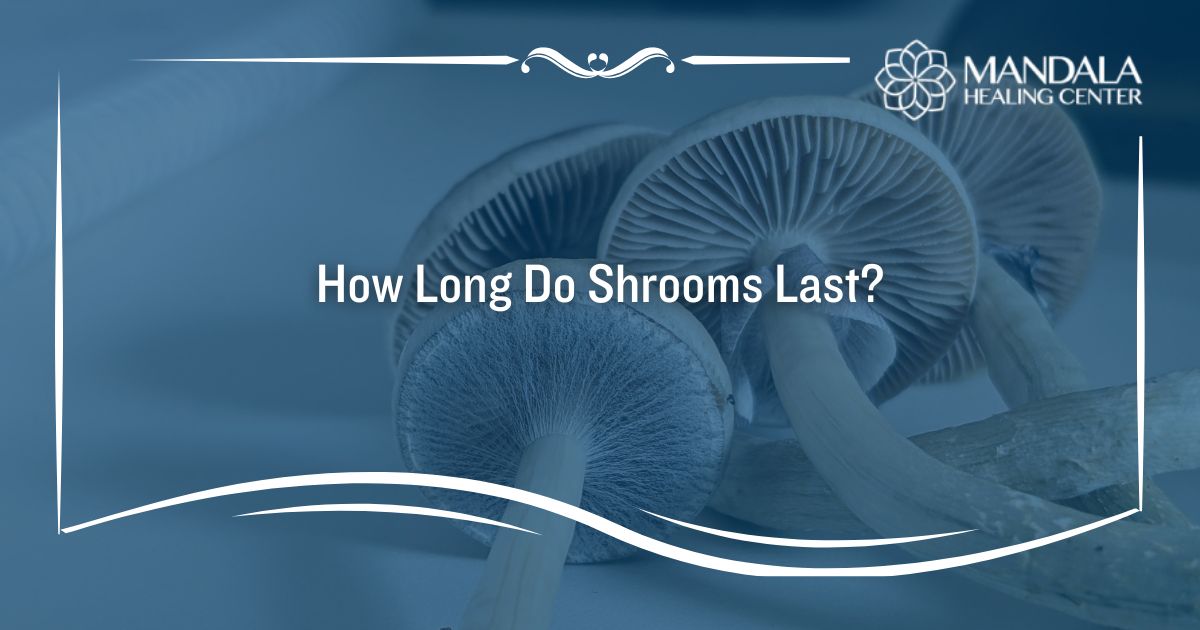Opioids are a class of drugs that are prescribed for pain management. There are naturally-occurring opiates, such as morphine, codeine, heroin, and opium, and there are synthetic, man-mand opioids such as hydrocodone, oxycodone, methadone, and fentanyl. All opioids, although different in potency, can be addictive when abused.
Up to 3 million U.S. citizens and 16 million people worldwide have opioid use disorder (OUD).[1] If you are addicted to opioids and suddenly decrease the number of opioids you take or stop using them altogether, you may experience physical and psychiatric symptoms of withdrawal. Opioid withdrawal symptoms can appear in people who have been taking opioids daily for more than a couple of weeks.
The opioid withdrawal timeline varies from person to person depending on which opioid they are detoxing from, the extent of their opioid abuse, and other personal health factors. Withdrawal can be extremely uncomfortable and unpleasant, so it is always advised to detox under medical supervision.
Symptoms of Opioid Withdrawal
All opioids produce the same withdrawal symptoms. Withdrawal can be classified as mild, moderate, or severe, and is often compared to the flu. Common symptoms of opioid withdrawal include:[2]
- Runny nose
- Watery eyes
- Excessive yawning
- Irritability
- Restlessness
- Drug cravings
- Anxiety
- Aching muscles
- Insomnia
- Dilated pupils
- Chills
- Goosebumps
- Cold sweats
- Fever
- Loss of appetite
- Nausea
- Vomiting
- Diarrhea
- Increased blood pressure
- Increased heart rate
- Depression
Although these symptoms are not life-threatening in most people, excessive vomiting and diarrhea can lead to dehydration, and depression (particularly in people with mental illness) may lead to suicidal ideation. Similarly, intense cravings and discomfort are likely to inspire continued opioid use. As a result, it is always safest to detox at a medical facility.
How Long Does Opioid Withdrawal Last?
The opioid withdrawal timeline varies based on whether you are detoxing from short-acting opioids like heroin or long-acting opioids like methadone. For short-acting opioids, withdrawal symptoms can begin 6-12 hours after your last dose and subside after 5-7 days. But for long-acting opioids, symptoms may not begin for 2-4 days after your last dose and can last for up to 3 weeks.
Other factors that influence the length of opioid withdrawal include:
- How long you have been addicted to opioids
- How often you take opioids
- The dose your body is used to taking
- Any co-occurring physical or mental health conditions
- Age, weight, gender, and overall physical health
- Liver and kidney function
Opioid Withdrawal Timeline
Even though the duration of withdrawal can vary, opioid withdrawal can be broken down into four stages:
- Early Withdrawal/Symptom Onset – Early symptoms may begin 6-12 hours after your last dose of a short-acting opioid or 2-4 days after a long-acting opioid. Symptoms such as restlessness, agitation, anxiety, and flu-like symptoms are common during this time.
- Peak Withdrawal – Symptoms will peak and be most intense 1-3 days after a short-acting opioid and 3-5 days after a long-acting opioid. Any symptoms may be present and medical care is very helpful during this time.
- Late Withdrawal – After 5-7 days, symptoms will begin to subside. People who are detoxing from long-acting opioids may see a slower decline in symptoms and may experience late withdrawal for up to 3 weeks.
- Post-Acute Withdrawal Syndrome (PAWS) – Some people will experience lingering symptoms of withdrawal, such as irritability, dysphoria, lack of motivation, depression, insomnia, and drug cravings. These symptoms may come and go for several weeks or months after stopping opioids and are referred to as post-acute withdrawal syndrome (PAWS). PAWS is best managed with the help of an addiction treatment program and healthy lifestyle changes.
Detox Treatment for Opioid Withdrawal
Opioid detox centers exist to provide you with support and comfort throughout the opioid withdrawal timeline. Most detox centers will prescribe medications to alleviate symptoms of withdrawal. Medications that may be used during opioid detox include:[3]
- Methadone – a long-acting, synthetic opioid that can reduce symptoms of withdrawal and drug cravings.
- Suboxone (buprenorphine/naloxone) – a partial opioid agonist-antagonist that reduces opioid withdrawal symptoms and drug cravings while also blocking the effects of other opioid agonists.
- Clonidine – a blood pressure medication that can lower blood pressure and reduce anxiety/irritability symptoms.
- Lucemyra (lofexidine) – a new, non-addictive opioid withdrawal treatment medication that can reduce certain symptoms of withdrawal.[4]
Detox centers also facilitate behavioral and holistic therapies to help you cope with the effects of withdrawal. Nurses will monitor your symptoms throughout detox to ensure your safety and stability. You may stay in detox until your acute withdrawal symptoms subside, so most people spend one week or less in a detox center.
Find Help for Opioid Abuse and Addiction
Mandala Healing Center is a trusted, established drug and alcohol detox center in West Palm Beach, Florida. Our caring and knowledgeable staff are able to provide safe, effective medical detox services, helping individuals make it through opioid withdrawal safely and comfortably.
If you or a loved one are struggling with opioid addiction, please contact us today to learn how our South Florida detox center can help.
References:












